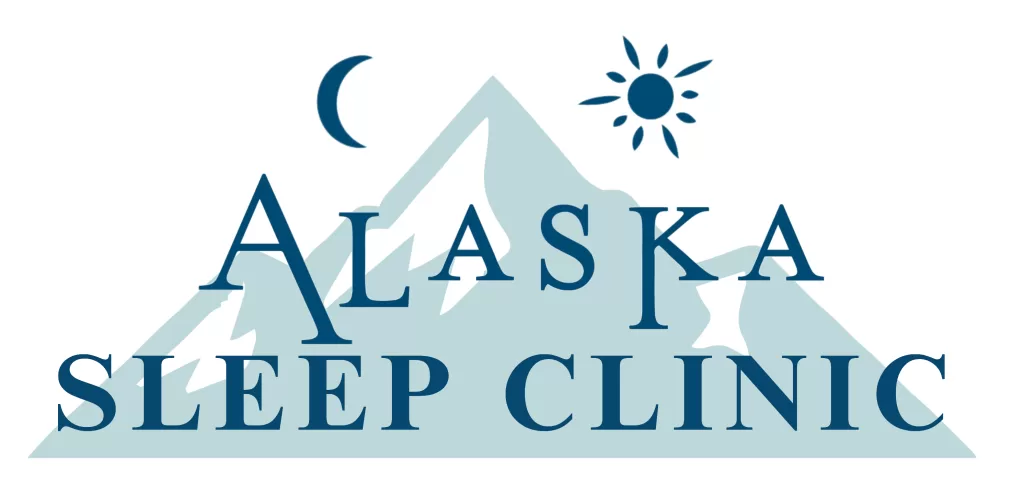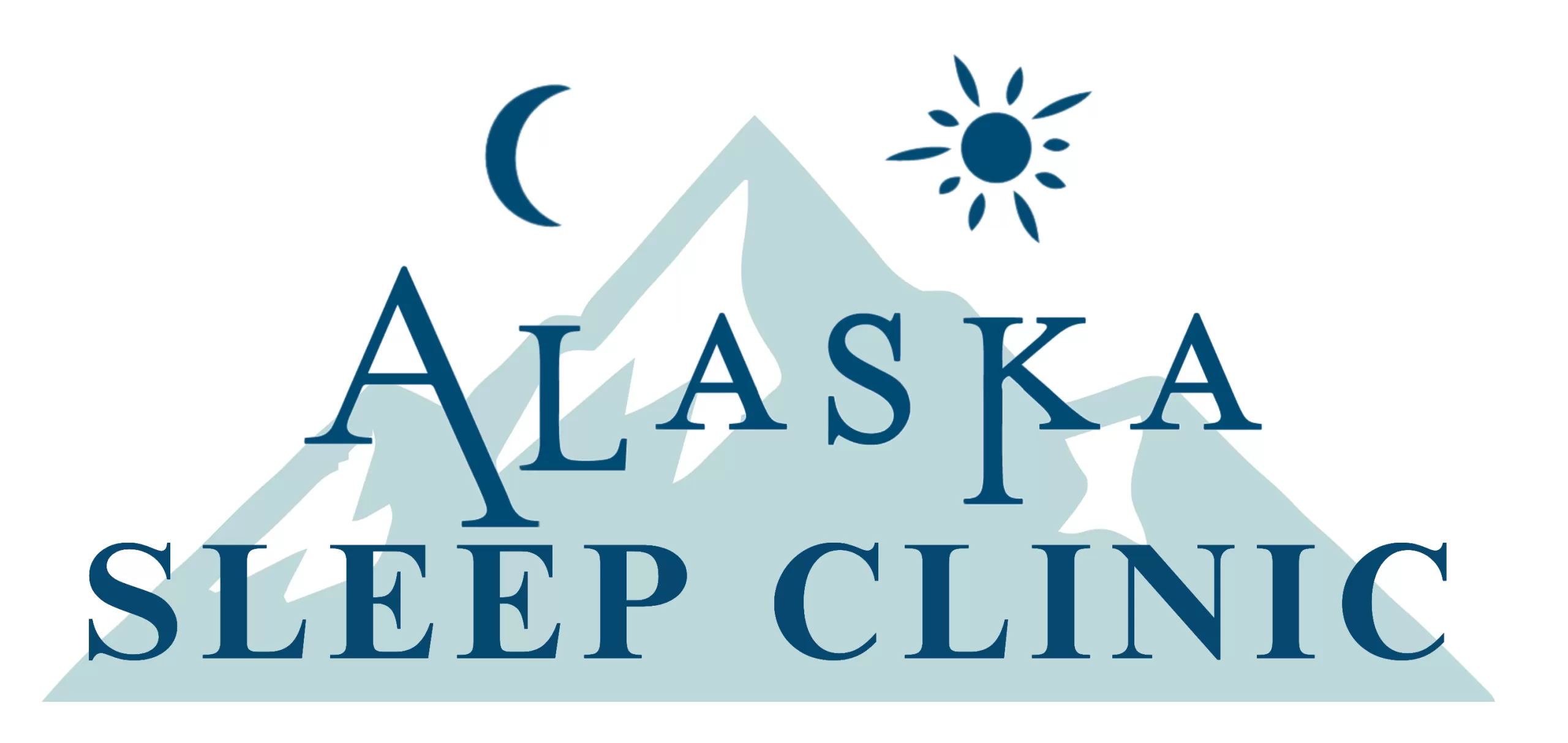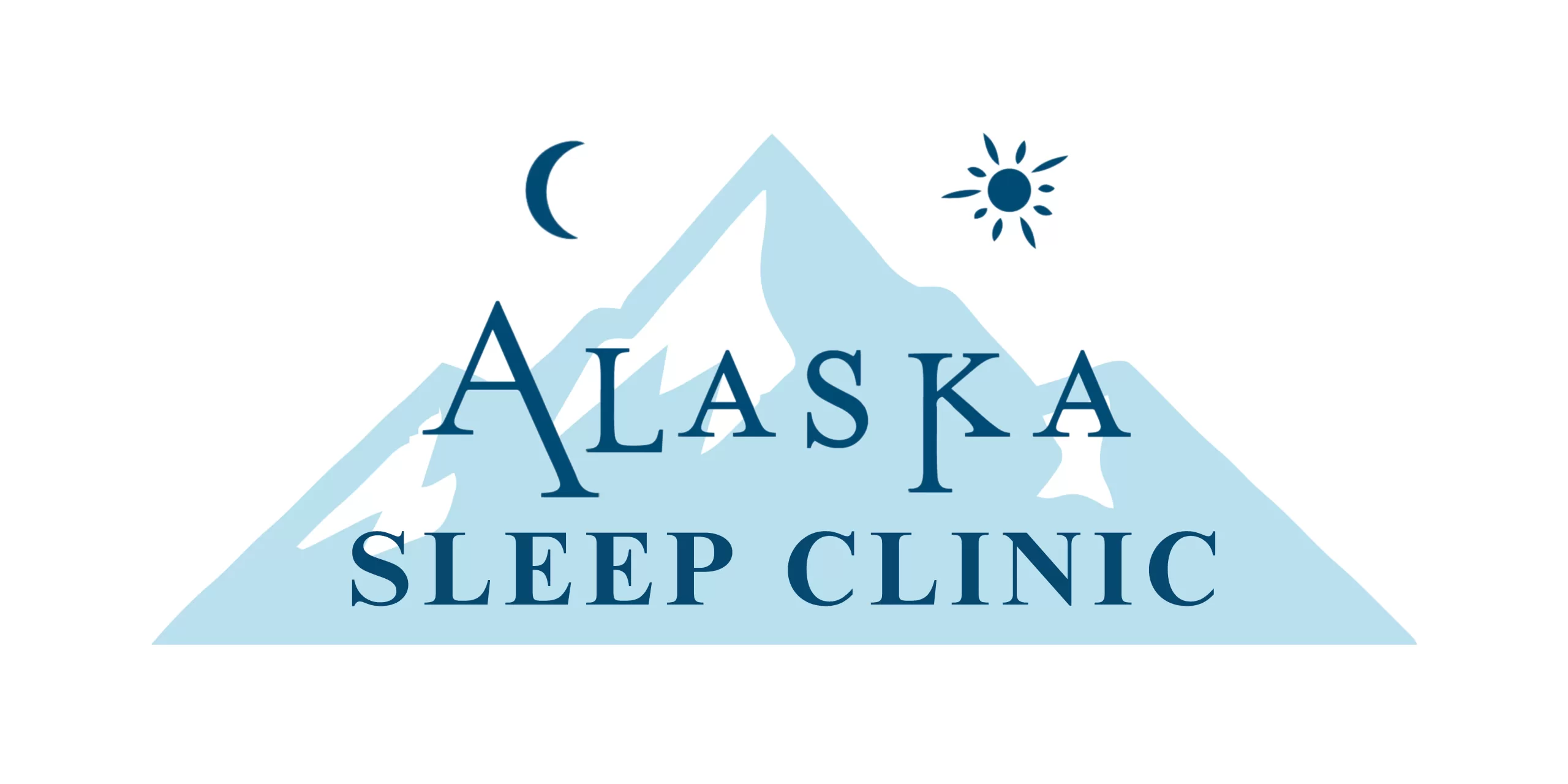Allergies and sleep apnea: How are they connected? Spring has arrived, and allergy season is upon us once again. With that in mind, the blog turns its attention to the topic of sleep apnea and allergies.
In general, allergic reactions are thought to interfere with normal, healthy sleep. The logic goes like this: Allergies create nasal congestion. Nasal congestion can dry out your mouth, or block your breathing airways. Both of these factors can lead to “apneas” — the stops in breathing overnight that characterize obstructive sleep apnea (OSA). Therefore, allergies and sleep apnea can be connected if ongoing allergic reactions are blocking your sleep on a regular basis.
Allergies can have other effects on our ability to get a good night’s sleep, too. Some allergic reactions swell the tonsils or adenoids, causing them to grow larger — again, potentially causing a blocked airway that can lead to sleep apnea.
So, while allergies may not specifically cause sleep apnea, there does seem to be a connection. As a study published in the American Review of Respiratory Disease stated, “in patients with allergic rhinitis, obstructive sleep apneas are longer and more frequent” than in patients without those allergic conditions.1
It follows, then, that taking steps to reduce allergic reactions can help increase the quality of sleep: “Decreasing nasal congestion with nasal steroids may improve sleep, daytime fatigue, and the quality of life of patients with AR [allergic rhinitis],” as the authors of a 1998 study published in the Journal of Allergy and Clinical Immunology put it.2
Most researchers stop short of actually concluding that treating allergies can prevent sleep apnea, though. A 2011 study published in the European Archives of Oto-rhino-laryngology states that, while “nasal steroids could improve the subjective quality of sleep, and may be useful for patients with mild OSA,” such allergy treatments are “not by themselves an adequate treatment for most OSA patients.”3

However, when discussing allergies and sleep apnea, another factor often comes into play: Allergic reactions can disrupt the CPAP therapy often used to treat sleep apnea.
Manufacturers of CPAP masks and sleep apnea therapy equipment have taken steps to help you get around potential problems caused by the presence of both sleep apnea and allergies. For instance, if allergies make breathing through your nose difficult, you’re more likely to experience effective treatment from a full face mask than from a nasal pillows mask. While a nasal mask only delivers air through your nose, a full face mask covers your mouth and nose, ensuring that you still receive air whether your nose is congested or not.
In addition, advanced CPAP technology in the form of APAP — or automatic positive airway pressure — can help people who have both allergies and sleep apnea. How? Allergies can cause your breathing to fluctuate throughout the night, and APAP is designed to deliver different amounts of air as needed to keep up with those fluctuations.
If your allergies are interfering with your sleep apnea therapy, we encourage you to talk to your doctor or sleep therapist about possible solutions, such as switching to a different CPAP mask, or a different type of PAP therapy machine.
Springtime and CPAP:
1. If you have spring allergies, try CPAP humidification.
If allergies are attacking your nose, it can feel more irritated when it has to warm up all that incoming CPAP air. Using your CPAP humidifier can help when you have allergies by sharing your nose’s job of warming that air, making you feel more comfortable and relaxed. It can also help if your allergies cause you to have congestion, dry mouth or cold-like symptoms without a fever.
2. Adjust your own humidification.
If you have an Air10™ or S9™ CPAP machine, your Climate Control Auto settings will provide the best protection against rain-out (an uncomfortable condition in which humidified air cools too quickly and condenses in your mask, becoming water droplets that dampen your face). But some nights, you may want more control over your humidification, especially if you have allergies, get a cold, etc. Fortunately, setting your own humidity and temperature settings on your Air10™ or S9™ machine is easy.
3. Check your CPAP air filter.
We recommend checking your CPAP machine’s air filter year round for dust buildup, and replacing it at least once a month, as needed. This is worth emphasizing in March and April when more particles both in and outside your house can find their way into your filter. (Ask your equipment provider how often you’re covered to get replacement air filters, and if you’re eligible to receive hypoallergenic filters.)
4. Still congested? Consider a full face mask.
If you’re using a nasal or a nasal pillows mask and have nasal allergies with stuffiness and congestion, you may find a full face mask easier to breathe through when your allergies flare up – especially if you also have a deviated septum. (This is one of the reasons some people prefer using two CPAP masks.) Ask your equipment provider if a full face mask could help you during your allergy season.
Do you have difficulties with allergies and sleep apnea? Alaska Sleep Clinic is here to help! Call us today for your FREE sleep assessment.
Visit the Alaska Sleep Store
References
McNicholas WT, Tarlo S, Cole P, Zamel N, Rutherford R, Griffin D, Phillipson EA. “Obstructive apneas during sleep in patients with seasonal allergic rhinitis.” Am Rev Respir Dis. 1982 Oct;126(4):625-8. Retrieved from http://www.ncbi.nlm.nih.gov/pubmed/7125355 (accessed February 14, 2014.)
Craig TJ, Teets S, Lehman EB, Chinchilli VM, Zwillich C. “Nasal congestion secondary to allergic rhinitis as a cause of sleep disturbance and daytime fatigue and the response to topical nasal corticosteroids.” J Allergy Clin Immunol. 1998 May;101(5):633-7. Retrieved from http://www.ncbi.nlm.nih.gov/pubmed/9600500 (accessed February 14, 2014.)
Christos Georgalas. “The role of the nose in snoring and obstructive sleep apnoea: an update.” Eur Arch Otorhinolaryngol. 2011 September; 268(9): 1365–1373. Retrieved from http://www.ncbi.nlm.nih.gov/pmc/articles/PMC3149667/ (accessed February 14, 2014.











